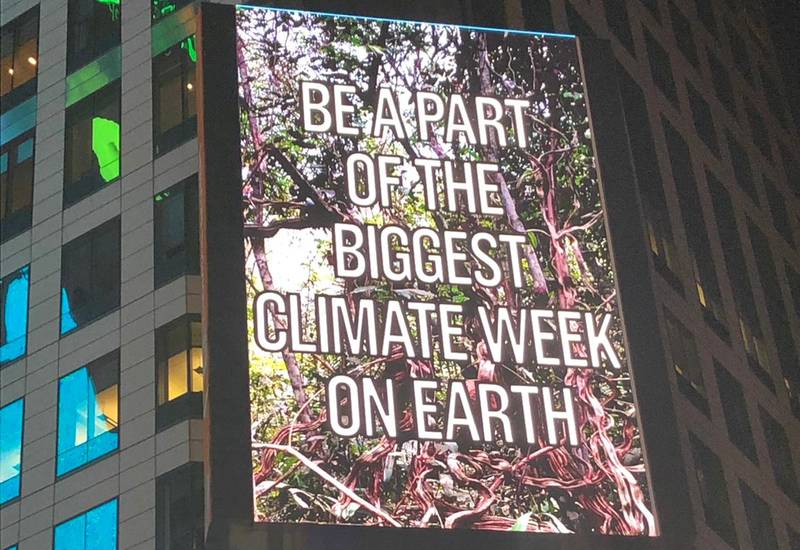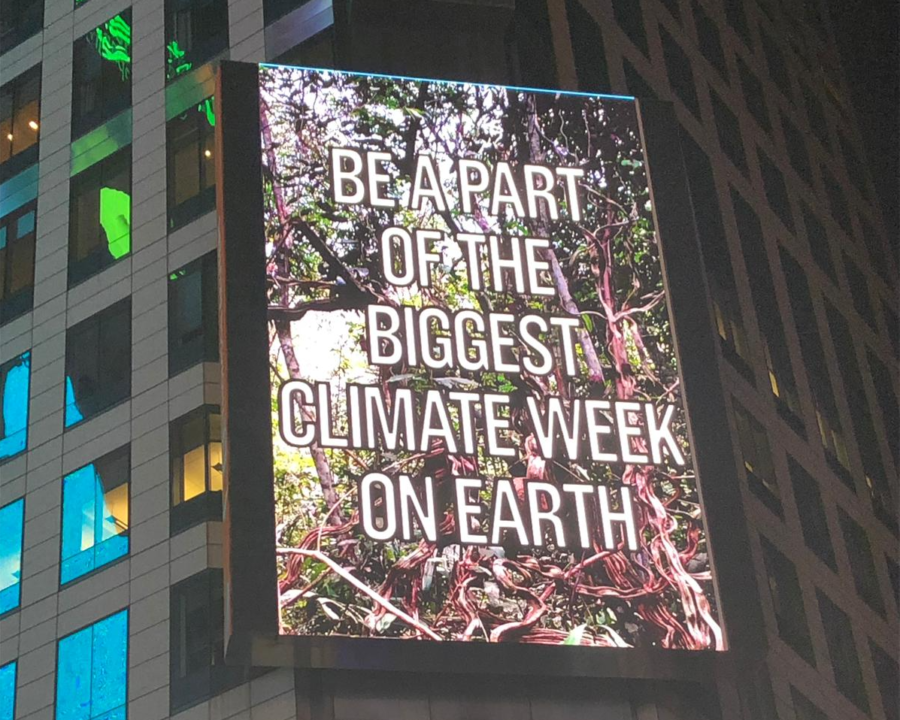
Nearly 90% of NDCs reference the land sector as a mechanism to reduce emissions — but most lack the most basic information needed to include nature as a viable emissions reduction option. However, much has changed since the first round of NDC submissions. Countries are now taking the invitation granted in Article 5 to include nature in NDCs very seriously.
Wednesday 23rd September
As the UN Climate Action summit officially kicks off today, the numbers speak for themselves. Nearly 90% of NDCs (country pledges agreed as part of the 2015 Paris Agreement) reference the land sector as a mechanism to reduce emissions – but most lack the most basic information needed to include nature as a viable emissions reduction option.
However — and it’s a big however, much has changed since the first round of NDC submissions. Countries are now taking the invitation granted in Article 5 to include nature in NDCs very seriously.
Nature helps climate by both storing carbon and reducing carbon emissions in the world’s forests, grasslands, and wetlands. How we protect and restore nature and manage our working lands is crucial to helping countries meet and hopefully exceed their emissions reductions targets. And, these natural climate solutions (NCS) can provide more than a third of the emissions reductions needed to keep global temperature rise below 2 degrees.
Of equal importance, many of these will also help countries adapt to some of the worst effects of climate change. As countries prepare to update their NDCs for the post-2020 implementation period, many organizations are providing guidance and developing methodologies to consistently and quantitatively incorporate nature-based mitigation and adaptation activities, collectively called nature-based solutions.
The UNFCCC provides an information and accounting framework for preparing future NDCs. Guidance and ‘best practice’ documents are just now coming online from a variety of places. A couple of the guides for including nature in NDCs fit natural climate solutions to this framework though a series of “process steps” and “recommendations”.
These recommendations include developing consistent and measurable GHG accounting, identifying economic opportunities that align with NCS goals, and considering the full range of NCS activities to see how they are congruent with adaptation measures and sustainable development goals.
Some reports show examples of successful inclusion of nature-based approaches in existing NDCs. These serve to act as a model for other countries to follow a particular NCS approach. Other organizations are employing a range of communication strategies to build awareness how to include nature in their assessments through videos, country and regional webinars.
Recommendations for evaluating and assessing the broad range of natural climate solutions to mitigate climate change refer to activities in Griscom et al, 2017.
Many organizations will launch guidance and resources during New York Climate Week, which will be valuable as countries prepare updated or revised NDCs. These resources often include information from peer-reviewed literature to existing science-based approaches to help measure, monitor and include nature into national pledges.
Successful uptake by countries will require a consistent and agreed approach. Now is the time to build out that common framework, one that is endorsed by the organizations developing recommendations and adopted by signatories of the Paris Agreement.
#NatureNow
